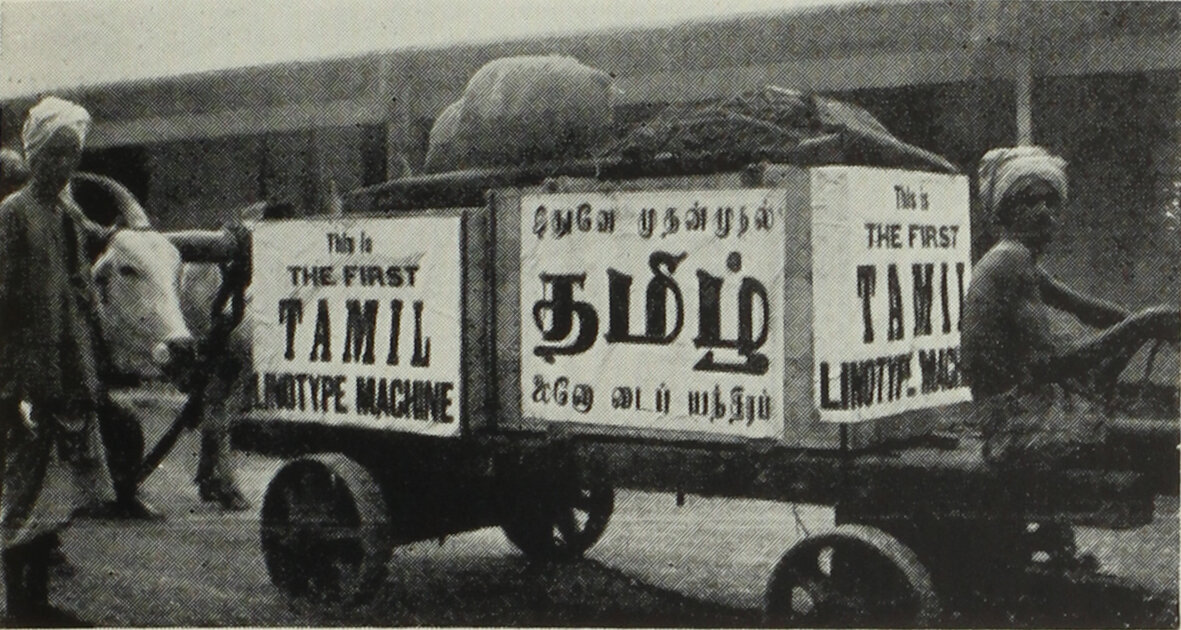

Picturing practice: people, places, and print artefacts in South Asia
• • •
A COLLABORATIVE RESOURCE
Documenting visual traces of print practices
Picturing practice: people, places, and print artefacts in South Asia
• • •
A COLLABORATIVE RESOURCE
Documenting visual traces of print practices
This is an open-ended visual resource documenting the lives, labour, and materiality of print in South Asia, from its beginnings up to the year 2000.
We are collecting images of practitioners, practices, spaces, and artefacts related to print and visual design in South Asia – you can help us significantly expand this repository by sending us your own invaluable contributions.*
This open-ended online resource aims to collate visual material from various private and institutional collections, and to include photographs, advertisements, illustrations, and other depictions of printers, lithographers, type-founders, type-setters, binders, machine operators, and designers at work, as well as print objects, local-language apparatuses, images of print shops, work spaces, type-departments, shop-floors etc. In other words, anything and everything to do with the visual and material traces of design, technology, labour, and print practice in South Asia.
CL02-01
CL02-01
△ Photographic print by E.O.S. and Company showing workers hand-setting type in Bombay in the news composing room of Times of India, November 1898. (Image reproduced with permission of the British Library Board, Shelfmark: Photo 643/(14), The British Library, London)
1930–39
1940–49












